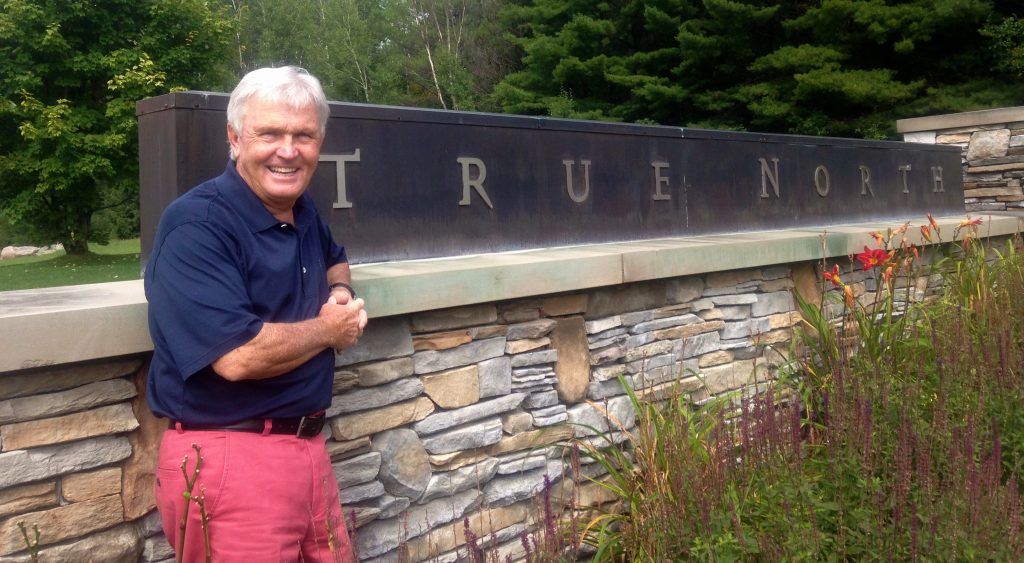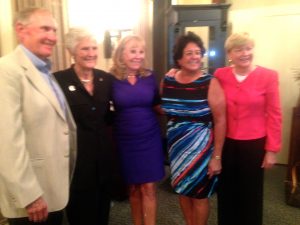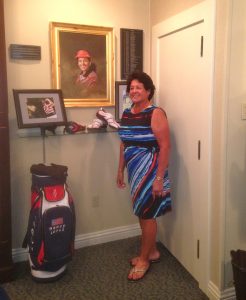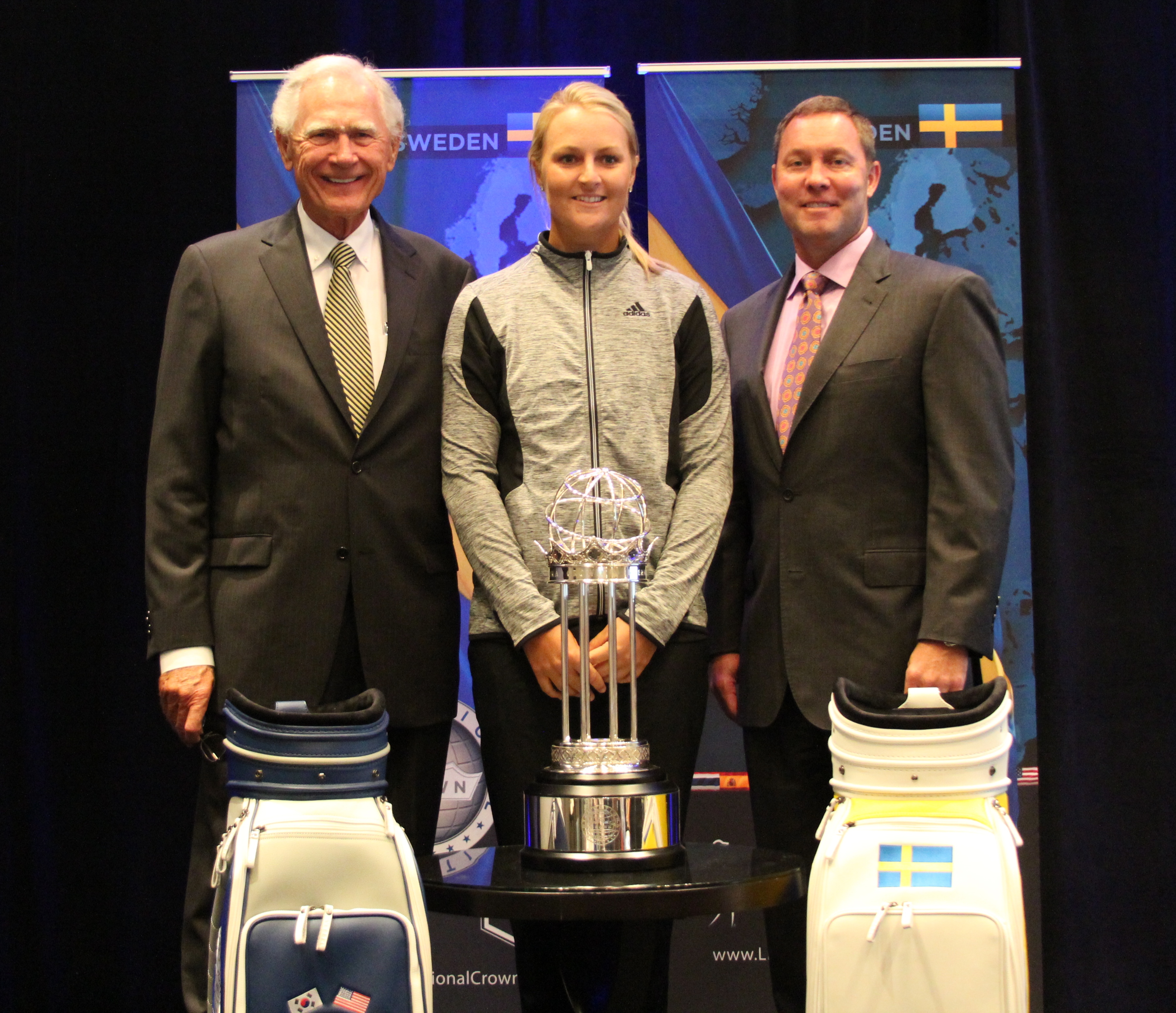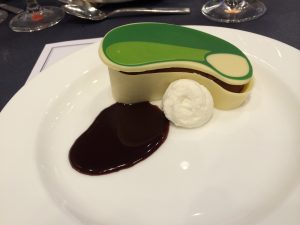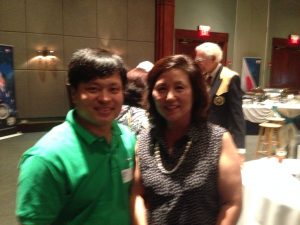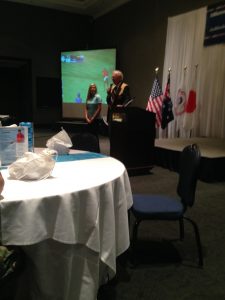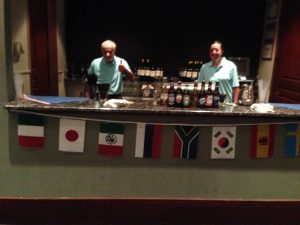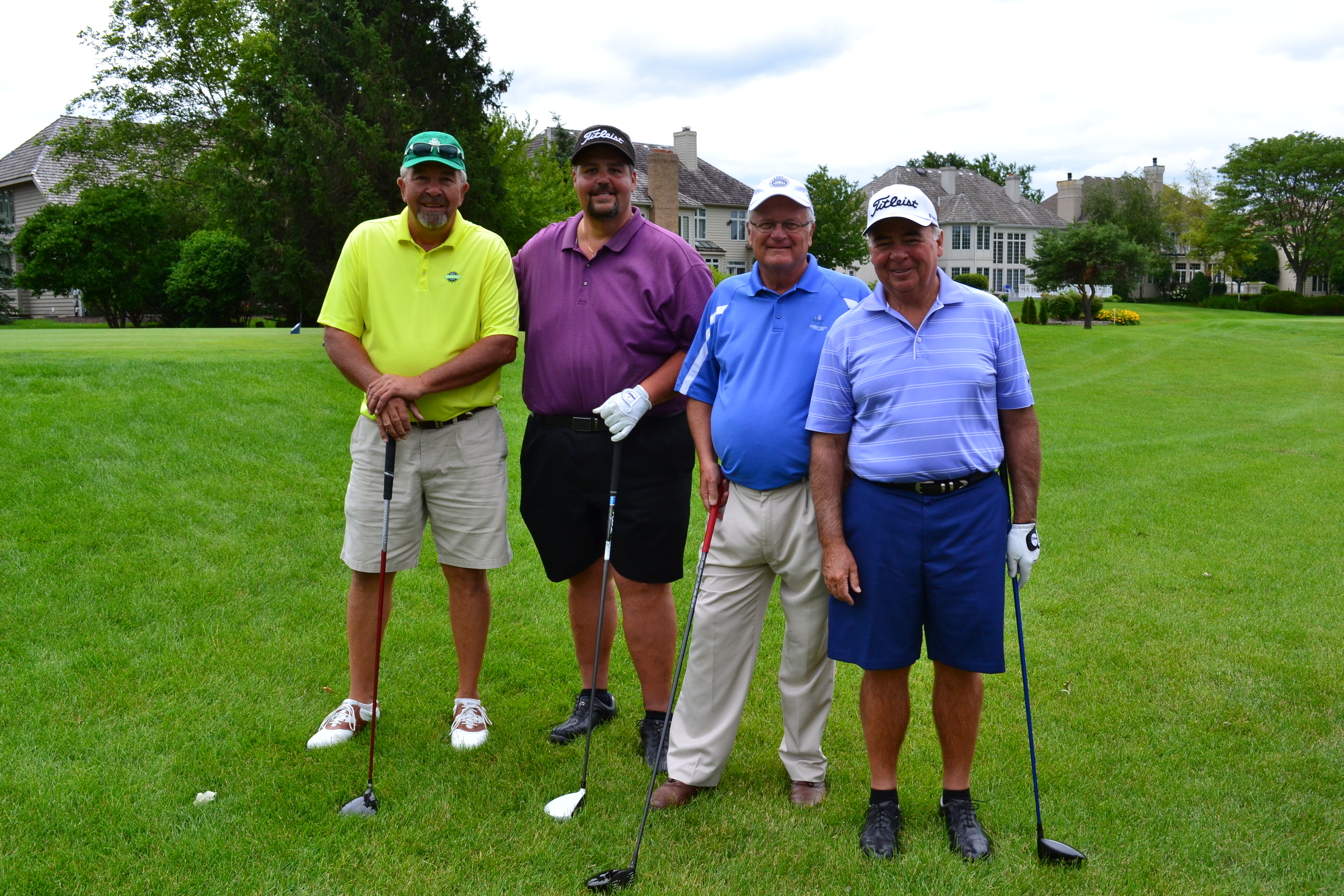It’s back to Chicago for the BMW Championship. The Western Golf Assn. will continue its policy of playing its premier event close to its home base every other year, and Conway Farms will again be the site of tourney after it leaves Cherry Hills. It’ll next be contested from Sept. 14-20 in 2015.
Conway Farms, based in Chicago’s North Shore community of Lake Forest, hosted the tournament for the first time in 2013 and the event was a rousing success. It was one of the best-attended tournaments of the year on the PGA Tour, with 130,000 spectators. It produced the lowest 18-hole round of the season – Jim Furyk’s 59. It raised $2.3 million for the Evans Scholars Foundation and – for the second straight year – the BMW Championship was named the PGA Tour’s Tournament of the Year. The estimated economic impact for the area was $30 million.
Tournament director Vince Pellegrino called the support received at a new location “overwhelming.’’ Given that a PGA Tour event hadn’t been staged in Chicago’s North suburbs since 1972, it was no surprise when the PGA Tour confirmed the return to Conway Farms on May 28. There was no reason to change a good thing.
Still, the announcement was good news for the club’s most prominent member – former world No. 1 Luke Donald.
“As a member I’m proud that Conway Farms will again be hosting the BMW Championship,’’ said Donald, “and, as a PGA Tour player, I’m excited to have another opportunity to compete on my home course against the world’s best players.’’
Having the 2013 BMW at Conway was a tonic for Donald, who needed a strong showing there to earn a place in the top 30 in the FedEx Cup standings that would qualify him for The Tour Championship in Atlanta. Donald got it with a tie for fourth place showing at Conway.
That tourney was filled with other highlights. Furyk’s hot second round made him only the sixth player to shoot a 59 in a PGA Tour event, following Al Geiberger, Chip Beck, David Duval, Paul Goydos and Stuart Appleby. Furyk was 12-under after making 11 birdies and a holeout for eagle at the par-4 15th hole.
Hunter Mahan also made a hole-in-one on the 17th hole, and controversy wasn’t lacking with Tiger Woods assessed a video-aided penalty. Those developments also helped make for an exciting week.
Woods finished in a tie for 11th, as Zach Johnson emerged the champion with a 16-under-par 268 performance. A 65 in the final round gave Johnson a two-stroke edge on Nick Watney and a three-shot advantage on Furyk, who finished solo third.
The tourney had one major problem – the weather. The final round couldn’t be completed on time because of heavy rain, and the tourney didn’t end until Monday.
When the event returns next year the place and the course will have a new look. The club membership undertook some major projects this summer that will enhance the next BMW Championship.
The practice range was closed on July 17 for a major renovation, and the course also was shut down early, on Aug. 4, to allow for renovation work by architects Tom Fazio and Dennis Wise. It won’t re-open until Memorial Day weekend of 2015.
All the greens were renovated and some other tweaks – described as “minor’’ by general manager Todd Marsh – were also made to the course so the 70 players who qualify for the next BMW Championship will find an even better layout than the one played in 2013. As you can tell, Conway Farms members take their golf seriously. Of the 265 members, 165 have single digit handicaps. That puts Conway in the top five clubs in the country for having that many quality players in its membership.
More extensive work was done off the course. Sixty-six spaces were added to the parking lot, the golf shop underwent a complete renovation and a state-of-the-art caddie headquarters was also constructed.
Even before the updating the Tom Fazio-designed layout was plenty good for tournament play. Six years after its 1991 opening it hosted the men’s NCAA Championship and a year later the U.S. Junior Amateur was played there.
Before the BMW’s arrival Conway also hosted the American Junior Golf Assn. Canon Cup in 2002 and 2006, the men’s Big Ten Championship in 2006, the Western Amateur in 2009 and the U.S. Mid-Amateur in 2011.
Until the BMW came to town, however, the course’s only tests from pros came in the 2007 U.S. Open local qualifying and the 2008 U.S. Open sectional qualifying. The course was set up at 7,216 yards with a par of 71 for its first full-fledged test from PGA Tour players. The low scoring was in large part due to helpful playing conditions – rain-softened greens and little wind throughout the tourney.
Scoring could be much different next time, if the weather isn’t as ideal and the renovation creates more challenging playing conditions.

